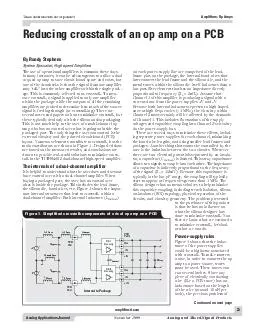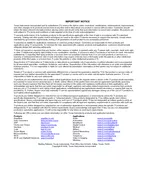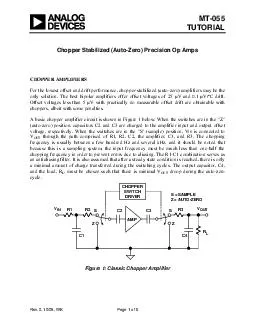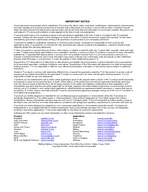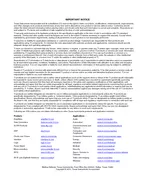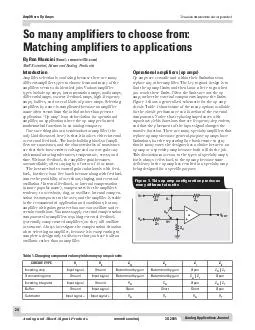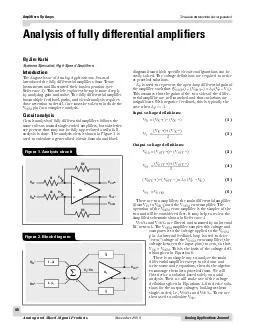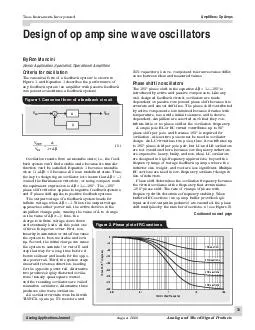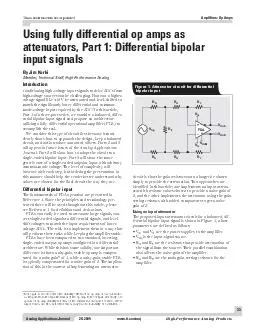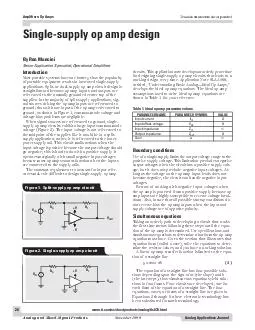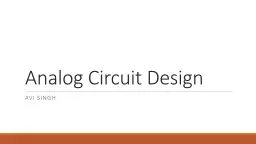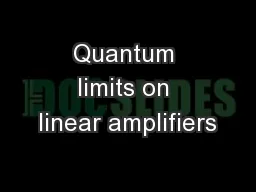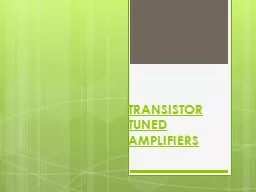PDF-Analog Applications Journal November Analog and MixedSignal Products exas Instruments
Author : test | Published Date : 2014-12-13
ticom Reducing crosstalk of an op amp on a PCB The use of operational amplifiers is common these days In many instances it can be advantageous to utilize a dual
Presentation Embed Code
Download Presentation
Download Presentation The PPT/PDF document "Analog Applications Journal November An..." is the property of its rightful owner. Permission is granted to download and print the materials on this website for personal, non-commercial use only, and to display it on your personal computer provided you do not modify the materials and that you retain all copyright notices contained in the materials. By downloading content from our website, you accept the terms of this agreement.
Analog Applications Journal November Analog and MixedSignal Products exas Instruments: Transcript
ticom Reducing crosstalk of an op amp on a PCB The use of operational amplifiers is common these days In many instances it can be advantageous to utilize a dual or quad op amp to save circuit board space and costs but one of the drawbacks is that the. The ADC is often from a competitor Answering this question is a challenging taskand there is no absolute answer only a list of gray areas and tradeoffs It would be handy to have a table with ADCs on one side and recommended op amps on the other But ticomaaj 4Q 2008 Amplifiers Op Amps Input impedance matching with fully differential amplifiers Introduction Impedance matching is widely used in the transmission of signals in many end applica tions across the industrial communications video medi ca The best bipolar amplifiers offe r offset voltages of 25 V and 01 VC drift Offset voltages less than 5 V with practically no measurable offset drift are obtainable with choppers albeit with some penalties A basic chopper amplifier circuit is shown i ticomaaj 2Q 2009 Analog Applications Journal HighPerformance Analog Products wwwticomaaj 2Q 2009 Texas Instruments Incorporated 12 Power Management Designing a linear LiIon battery charger with powerpath control In theory a linear battery charger wit ticomaa 3Q 2010 Power Management Coupled inductors broaden DCDC converter usage Introduction Recently inductor manufacturers have begun to release offtheshelf coupled inductors Consisting of two separate inductors wound on the same core coupled induc ticomaaj 3Q 2005 So many amplifiers to choose from Matching amplifiers to applications Introduction Amplifier selection is confusing because there are many different amplifier types to choose from and many of the amplifiers seem to do identical jobs This article explores the topic more deeply by analyzing gain and noise The fully differential amplifier has multiple feedback paths and circuit analysis requires close attention to detail Care must be taken to include the OCM pin for a complete ana 1 Oscillation results from an unstable state ie the feed back system cant find a stable state because its transfer function cant be satisfied Equation 1 becomes unstable when 1A 0 because A0 is an undefined state Thus the key to designing an oscil ticomaaj HighPerformance Analog Products Using fully differential op amps as attenuators Part 1 Differential bipolar input signals Introduction Conditioning highvoltage input signals to drive ADCs from highvoltage sources can be challenging How can a Split or dualsupply op amp circuit design is straightforward because op amp inputs and outputs are referenced to the normally grounded center tap of the supplies In the majority of splitsupply applications sig nal sources driving the op amp inputs a Circuit Design. Avi . singh. Amplifier. What is an amplifier?. Necessary Conditions. There is a “power gain”.. Voltage Amplifier. Input and output: both are voltages. LHS: Input . Terminal. RHS: Output . What’s the problem? . Quantum limits on noise in phase-preserving linear amplifiers. The whole story. Completely positive maps and physical . ancilla. states. Immaculate linear amplifiers. The bad news. . Inroduction. Sometimes it is desired that an amplifier should amplify either a single frequency or a narrow band of frequencies. For instance, radio and television transmission are carried on specific radio frequency assigned to the broadcasting stations. . Devices. Unit-3(EIC-302). (Atul . Kr. Agnihotri . ). Power Amplifiers. BASICS. Power amplifiers get the necessary energy for amplification of input signals from the AC wall outlet to which they are plugged into..
Download Rules Of Document
"Analog Applications Journal November Analog and MixedSignal Products exas Instruments"The content belongs to its owner. You may download and print it for personal use, without modification, and keep all copyright notices. By downloading, you agree to these terms.
Related Documents

